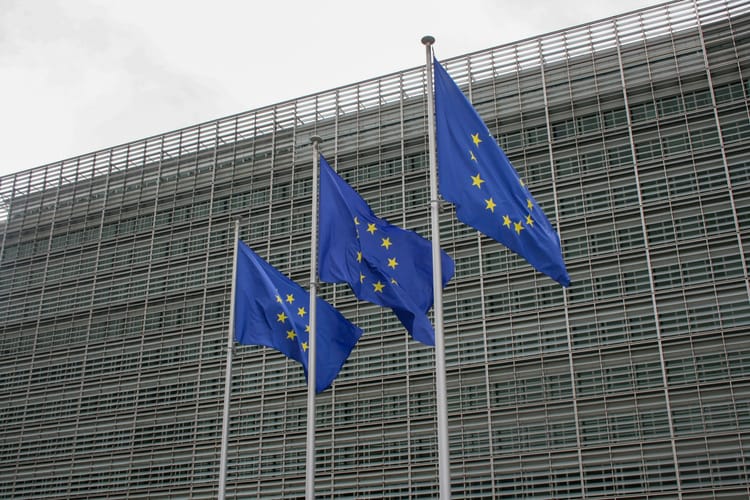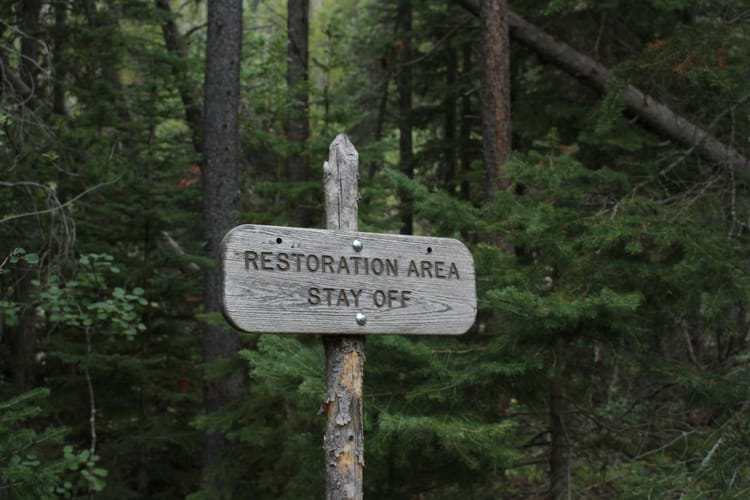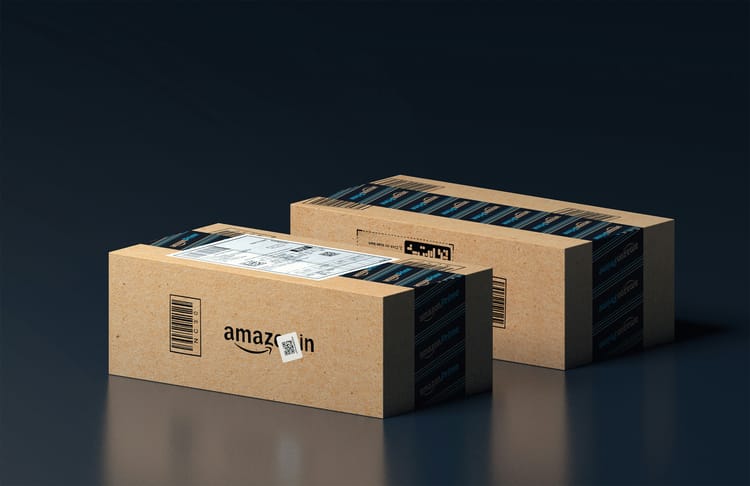Vicky Bullivant, NTT Ltd., on Greenpeace, dirty grids and SBTi validation

In a show of early passion for the environment, NTT Ltd.'s Vicky Bullivant joined Greenpeace at 14, concerned by rainforest deforestation and acid rain. Yet come early 2008 (fast-forwarding briskly through a career spanning both the public and private sectors) she was working for energy company E.ON when its Kingsnorth power plant was occupied by protestors against plans to build a new coal plant.
That incident sparked some serious self-reflection.
“I’d gone from being a supporter of Greenpeace to now working for a big coal and gas [company]. I felt compromised, I suppose,” she recalls to CSO Futures candidly in an interview; saying the incident sparked a renewed desire to get back in touch with her idealistic roots and help the environment; this time by working with companies to drive down emissions.
“I went on to work on lots of projects with E.ON to try and reduce their carbon footprint, set one of their first carbon intensity reduction targets… and did lots of work on fuel poverty as well,” she says; a process that renewed her vision of what it was possible to achieve in the private sector (which was slowly cottoning on to the need to drive down emissions and improve sustainability performance).
Business sustainability: Making change happen is not easy
Bullivant went on to hold Group Head of Sustainability roles at Rolls-Royce, Drax Group and Laing O’Rourke; working closely with energy-intensive companies intent on trying to deliver some form of improved sustainability performance.
In March 2022 she joined NTT Ltd. as SVP, Sustainability – taking the reins on tackling emissions at a technology services company which has some 46,000 employees, and which runs data centers carrying 1,500MW+ of critical IT load in over 20 countries around the world. First up was clarifying the goals – and in under 18 months she has helped ensure its net zero target achieved Science Based Targets initiative (SBTi) validation; a big start for the company.
She tells CSO Futures on a call: “Our ambitions are very bold, and very aggressive. We've committed to net zero by 2030 in our operations [and] committed to net zero in our value chain – all of Scope 3 – by 2040.”
NTT, she emphasises, is not trying to achieve just carbon neutrality but net zero, adding that SBTi validation was “a challenging process. It's very rigorous, which is a good thing… I think it took us over eight months.”
Critically, she adds: “We've committed to all our data centres being [run] on renewable power by 2030.”
That latter target is the most challenging, she admits.
NTT has data centres in some countries, like South Africa, with very limited renewable energy supply and the company is still working out its approach to tackling this. It can’t meaningfully use carbon offsets under the SBTi (which only allows up to 10% of emissions to be offset) and Bullivant shrugs them off as somewhat irrelevant to what she is trying to achieve for NTT on emissions.
South Africa’s grid, for example, is heavily reliant on coal and also faces stability issues, meaning industry ends up facing load shedding (rotating outages). When this happens “then we have to use more backup power, because the grid is not delivering what we need.” (Typically this is diesel generators.)

Power supply to NTT’s data centres contributes “about 88% to our Scope 1 and Scope 2” and the focus on driving that down is primarily on power purchase agreements for renewables (NTT says it has used 1 million MWh of renewable energy over the past 12 months) although that comes with complications – “pay as produced” PPAs, critics say, are often coupled with reserve fossil fuel generation to fill the gap when the wind doesn’t blow or the sun doesn’t shine.
A 2022 report by the Long Duration Energy Storage Council for example found that PPAs only achieve 40 to 70% decarbonization of an offtaker’s actual electricity consumption, while exposing offtakers to market price risks stemming from renewables variability, for which a large portion of offtakers are not well equipped).
One of the biggest challenges for technology companies is getting consistent, regular data that allows them to help their customers understand the climate impact of IT operations. What is NTT’s or Digital Realty’s Scope 1 is someone else’s Scope 3 – and pressure is mounting on all providers to furnish customers with better reporting on the emissions caused by running workloads in their data centres.
How far along here is NTT? Has it meaningfully benchmarked IT emissions and how much can it share with customers?
“We’re on that journey… it is difficult,” admits Bullivant: “Many of our clients, particularly in Europe, have asked us to sign agreements with them… they want to understand the carbon footprint of the products and services they get from us. So we're working very hard on that; we've got about seven clients, at least, signed up to this journey. We're building carbon calculators to calculate a client's emissions with us,” she says. “Finding a consistent methodology is most difficult… We've got GHG protocols for many things. There's no GHG Protocol [reporting and accounting standard] for this.”
(Hyperscale cloud providers have also wrestled with this; AWS for example came in for criticism over the limitations of its carbon calculator. Many others have done nothing whatsoever and some Chief Sustainability Officers in this space would be forgiven for feeling that they are damned if they do, damned if they don’t when it comes to the provision of such tools, but with industry obfuscation in the space also rife and data critical to progress, customer criticism is not unfounded.)
Meanwhile, says Bullivant, “we're working on our decarbonisation plans. We've interrogated our carbon emissions, so we know where they're coming from [and] what we need to address; we’re using the data to inform our strategy.”
Organisationally she holds budget to move the work along and reports upwards to NTT combined CSO and CRO Zellah Fuphe, who in turn reports to the CEO: “Sustainability has to be part of the C-Suite. It has to be part of the ELT (Executive Leadership Team)” she says, explaining that her small central team (NTT also has regional sustainability teams) reports quarterly to the company’s risk and compliance committee, which in turn reports to the board.
Asked by CSO Futures what she feels may still be missing either in terms of corporate ambition across industry more broadly to achieve sustainability goals or in terms of the regulatory environment to facilitate that kind of ambition Bullivant points to the need for consistent regulatory climates: “We need policies that are supportive, not contradictory,” hinting that includes doing more on renewables.
NTT Ltd. meanwhile recently rolled out a full-stack Net-Zero Action offering for customers that includes Remote Environmental Monitoring; letting them deploying sensors to identify the presence of pollutants in the air, water, and plants across the globe, in real-time. This “can assist with measuring processes and products that consume energy [and in] the transportation industry, [help] monitor greenhouse gas emissions more effectively for fleet management” the company says.
As with most companies offering “sustainability as a service” , critical eyes are focused on NTT’s own performance. The SBTi targets are in place and the key problem areas identified. Now the company needs to execute honestly on those plans in a way that would make a passionate 14-year-old Greenpeace supporter proud.







Member discussion